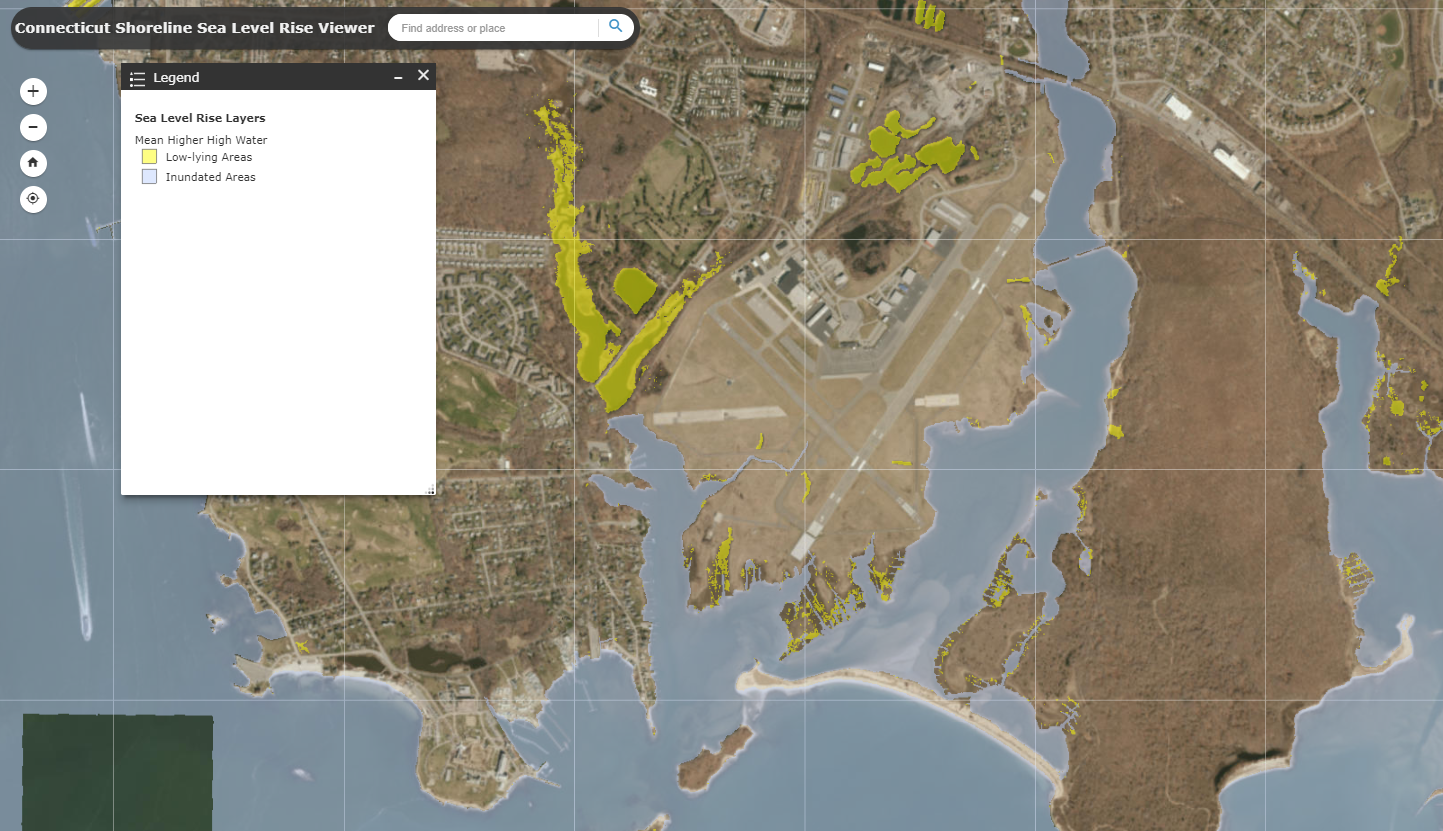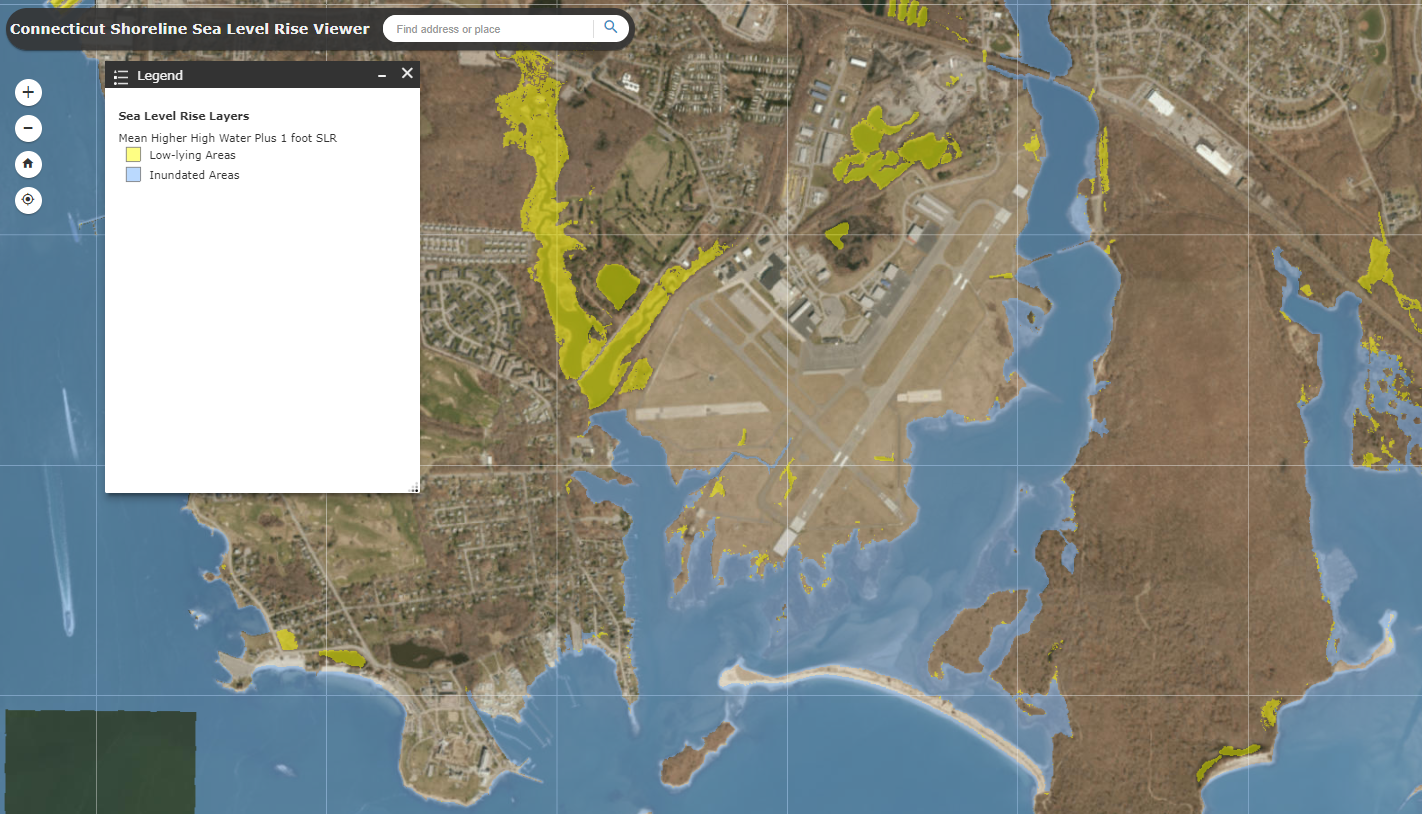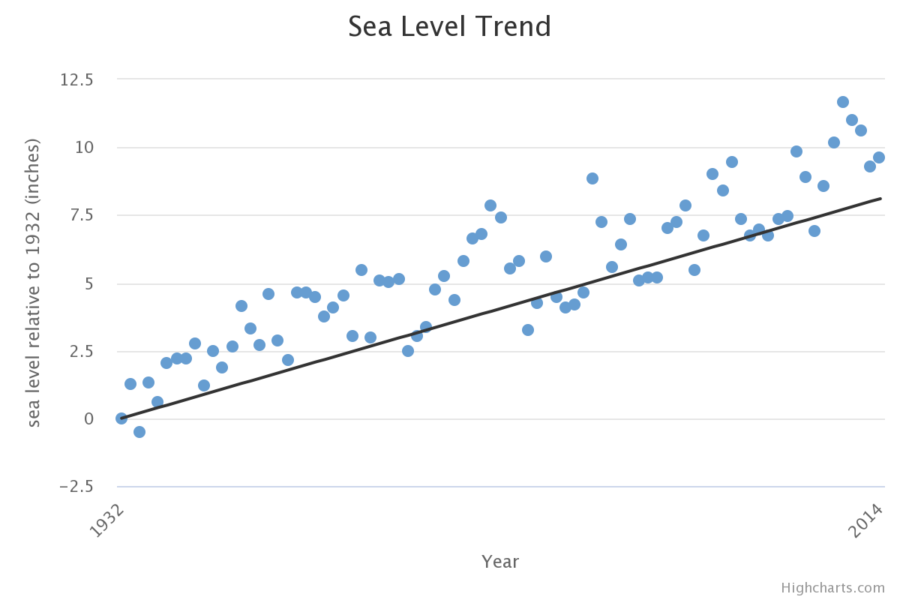Climate Change and Sentinel Monitoring
Mission
The Climate Change and Sentinel Monitoring Program (formerly the Sentinel Monitoring for Climate Change in Long Island Sound Program) is a multidisciplinary scientific approach to provide early warning of climate change impacts to Long Island Sound ecosystems, species and processes to facilitate appropriate and timely management decisions and adaptation responses. These warnings will be based on assessments of climate-related changes to a set of indicators/sentinels recommended by our technical advisory work groups.
Goals
The program was developed to quantify local changes in the environment brought about by climate change. These impacts include but are not limited to: loss or changes in ecosystem functions and processes; disruption in fisheries, aquaculture and other economic commodities; and changes in species population dynamics, including both the loss of and introduction of new species.
The goals of our program are:
- To collect and synthesize data to identify climate-related changes in Long Island Sound.
- Provide scientists and managers with the information necessary to prioritize climate change impacts in mitigation efforts and determine appropriate adaptation strategies to address these impacts on the Long Island Sound ecosystem.

Click here to download the Sentinel Monitoring Strategy (updated in 2018). The Strategy is currently under review and an updated strategy will be released in the coming year. The following data sources and special meetings support this update:
- A data citation clearinghouse of research projects for the northeast region, including Long Island Sound, is available on the Integrated Sentinel Monitoring Network website.
- In June 2022, a Climate Change and Sentinel Monitoring Workshop was hosted to assess the priorities of two of the themes – Water Quality and Coastal Habitats. Details are provided in the workshop report.
- In January 2023, a special meeting was held to coordinate collaboration between the principal investigators of the Long Island Sound Saltmarsh Habitat and Avian Research Program and several of the Long Island Sound Study Workgroups (Climate Change and Sentinel Monitoring, Habitat and Restoration Stewardship and Indicator Review Team). The agenda and meeting summary provides the intent, overview and recommended follow-up.
Products
The Mean Higher High Water (MHHW) is the average of the higher of the two daily high tides. Learn more about maps that project the impacts of sea-level rise on the Sound’s coastline on the SLAMM web page.
Click on links below to access documents created by and for the Sentinel Monitoring Work Group:
- Coastal Vulnerability Assessment Outreach Report (2019)
- Detecting Climate Change Impacts in Long Island Sound (2016)
- Development of an estuarine climate change monitoring program (Barrett 2015)
- Climate Change and Sentinel Monitoring Work Group Workplan
- ICF Monitoring Review Memo
- Coastal Sentinel Site Network Memo (Rozsa 2008)
Partners
The Bi-State Climate Change and Sentinel Monitoring Work Group is a partnership that includes the EPA Long Island Sound Office, New York State Department of Environmental Conservation, Connecticut Department of Energy and Environmental Protection, New York Sea Grant, Connecticut Sea Grant, and NEIWPCC.
Funding Sources
Funding for the development of the strategic plan was provided by the Long Island Sound Study. The Long Island Sound Study was also awarded a Direct Technical Assistance grant from the EPA Climate Ready Estuaries program.




